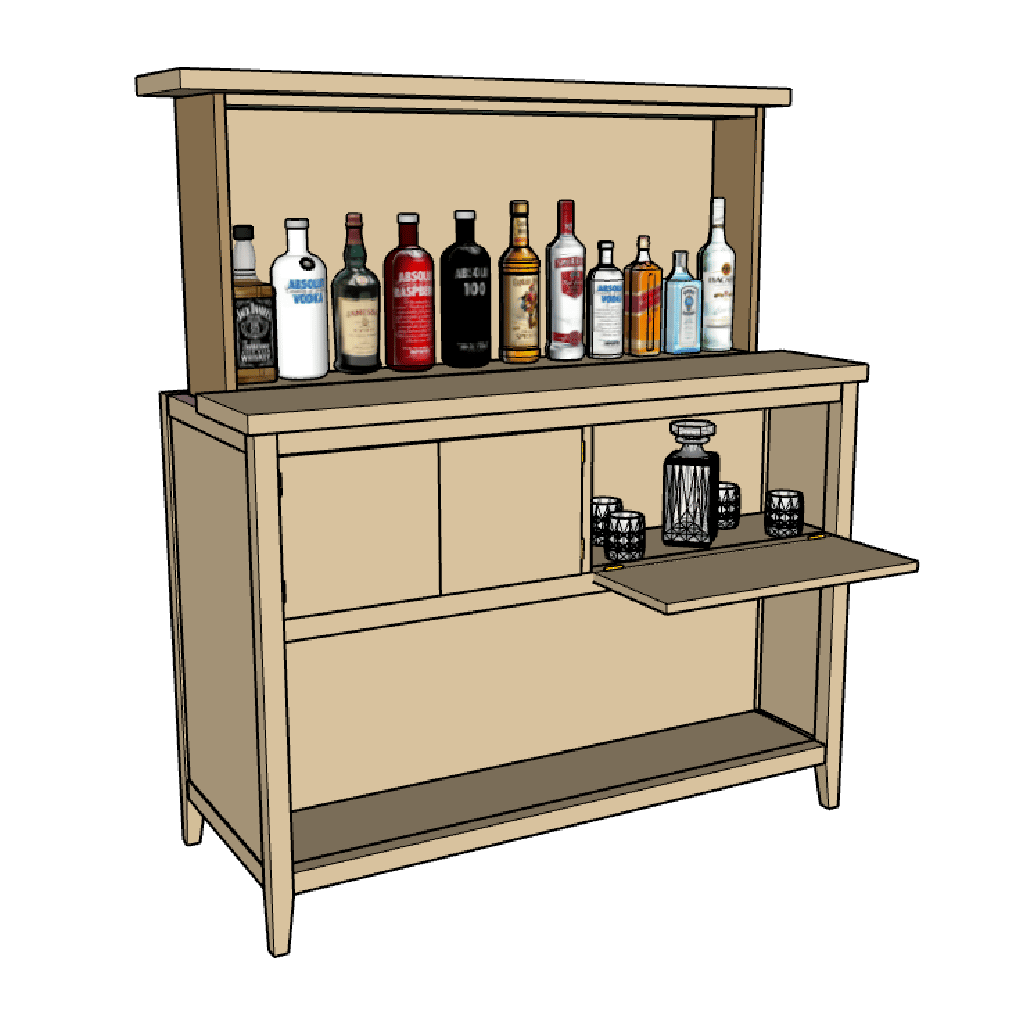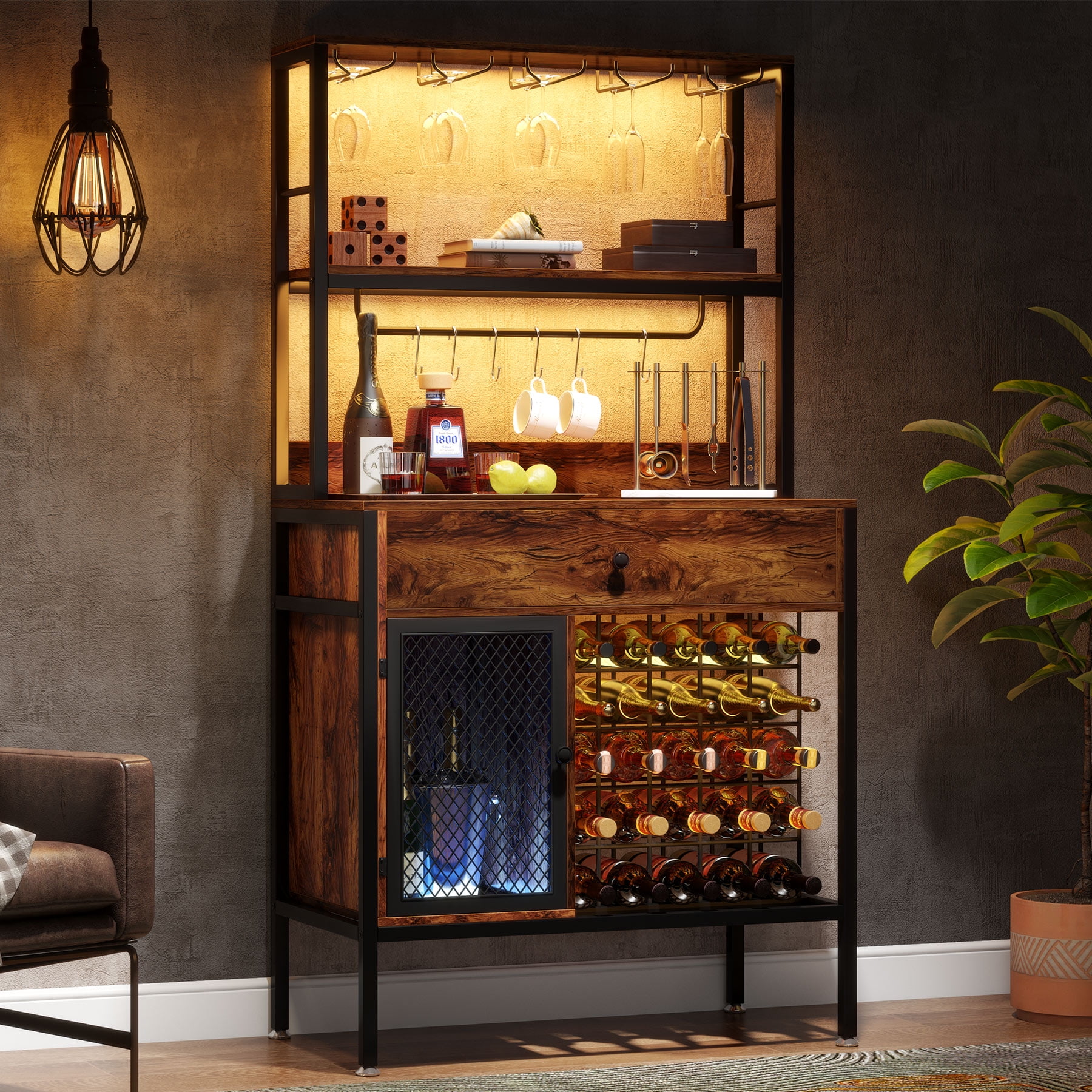The 1950s

The 1950s, often referred to as the “Golden Age of Design,” witnessed a surge in creativity and innovation that transformed the landscape of American homes. This era, marked by a period of economic prosperity following World War II, saw a shift towards modernism, characterized by clean lines, functional designs, and a focus on comfort and convenience.
The Impact of Post-War Economic Boom on Design Trends
The post-war economic boom played a pivotal role in shaping design trends during the 1950s. With increased disposable income, Americans sought to furnish their homes with modern and stylish pieces. This demand fueled the growth of the consumer goods industry, leading to mass production of furniture, appliances, and home décor items.
The rise of the suburbs also contributed to the popularity of modern design. New homes were often built with open floor plans, encouraging the use of furniture that was both stylish and functional.
Key Design Elements of the 1950s Aesthetic
The 1950s aesthetic was defined by a combination of key design elements, including:
- Clean lines and simple forms: Furniture and home décor items featured clean lines and simple forms, often with geometric shapes. This minimalist approach contrasted with the ornate and elaborate designs of earlier periods.
- Use of bold colors: The 1950s saw a revival of bold and vibrant colors, such as turquoise, coral, yellow, and pink. These colors were often used in combination with neutral tones, creating a playful and energetic atmosphere.
- Emphasis on functionality: Furniture was designed to be both stylish and functional, with a focus on comfort and convenience. This emphasis on practicality reflected the changing needs of a society that was increasingly focused on leisure and entertainment.
- Use of new materials: The 1950s saw the introduction of new materials, such as plastic, aluminum, and fiberglass, which were used to create innovative and affordable furniture designs. These materials were also used to create bold and colorful accents in home décor.
Iconic 1950s Furniture and Home Décor
The 1950s produced a wealth of iconic furniture and home décor items that continue to inspire designers today. Some notable examples include:
- Eames Lounge Chair: Designed by Charles and Ray Eames in 1956, this iconic chair features a molded plywood shell and leather upholstery, providing both comfort and style. Its sleek and minimalist design has made it a timeless classic.
- Tulip Chair: Designed by Eero Saarinen in 1957, the Tulip Chair is a single-pedestal chair with a distinctive organic form. Its unique design and minimalist aesthetic have made it a popular choice for both residential and commercial spaces.
- Atomic Clock: These clocks, often featuring bold colors and geometric designs, were a popular addition to 1950s homes. They embodied the era’s fascination with technology and the space race.
- Mid-Century Modern Lamps: 1950s lamps often featured sleek lines, geometric shapes, and bold colors. Some popular examples include the “Mushroom Lamp” by George Nelson and the “Arco Lamp” by Achille Castiglioni.
The Evolution of the Liquor Cabinet: 1950’s Vintage Liquor Cabinet

The liquor cabinet, a symbol of sophistication and social gatherings, has undergone a fascinating evolution, reflecting changing tastes, social norms, and design trends. From its humble beginnings as a simple storage unit, the liquor cabinet has transformed into a statement piece, showcasing both the homeowner’s discerning taste and their commitment to entertaining.
Early Liquor Cabinets: Function Over Form
Early liquor cabinets, primarily serving a functional purpose, were often simple and utilitarian. They were typically constructed from wood, such as oak or mahogany, and featured a basic design with shelves or drawers for storing bottles and glasses. These cabinets were often found in dining rooms or pantries, discreetly tucked away from the main living areas.
The Rise of the Cocktail Culture
The emergence of the cocktail culture in the early 20th century had a profound impact on the design and popularity of liquor cabinets. The increasing demand for sophisticated drinks and elaborate cocktails led to the development of more elaborate and stylish cabinets. These cabinets often featured intricate carvings, decorative hardware, and a more prominent placement in the home, reflecting their newfound status as a centerpiece for social gatherings.
The 1950s: A Golden Age for Liquor Cabinets
The 1950s marked a golden age for the liquor cabinet, coinciding with the post-war economic boom and a renewed interest in entertaining. The design aesthetic of the era, characterized by sleek lines, bold colors, and innovative materials, heavily influenced liquor cabinet design.
Design Features of 1950s Liquor Cabinets
The design features of 1950s liquor cabinets were characterized by:
- Streamlined silhouettes: The cabinets often featured rounded corners, curved edges, and a streamlined overall appearance, reflecting the emphasis on modernism and aerodynamic design.
- Bold colors and finishes: Popular color choices included vibrant reds, greens, and blues, often paired with metallic accents or contrasting finishes. The use of lacquer, enamel, and plastic laminates added a touch of glamour and sophistication.
- Integrated bars and serving trays: Many 1950s liquor cabinets featured built-in bars, complete with serving trays, ice buckets, and bottle openers, creating a self-contained entertaining center.
- Novelty features: Some cabinets incorporated unique features, such as built-in lighting, mirrored interiors, or even hidden compartments, adding a touch of whimsy and intrigue.
Materials and Craftsmanship
1950s liquor cabinets were often crafted from a variety of materials, reflecting the era’s embrace of innovation:
- Wood: While traditional hardwoods like oak and mahogany remained popular, new materials like plywood and particleboard became more common, offering a more affordable and versatile option.
- Metal: Metal accents, such as chrome, brass, and copper, were frequently used to add a touch of glamour and sophistication. Some cabinets even featured metal frames or doors.
- Plastic: Plastic laminates, such as Formica, were widely used for cabinet surfaces, offering durability, water resistance, and a wide range of colors and patterns.
A Legacy of Style and Functionality
The 1950s liquor cabinet continues to inspire modern designers, with its blend of style, functionality, and a touch of retro charm. These cabinets are a testament to the enduring appeal of vintage design and the enduring allure of a well-stocked bar.
The 1950s Vintage Liquor Cabinet

The 1950s was a period of great economic prosperity in the United States, and this prosperity was reflected in the homes of Americans. Many people purchased new furniture and appliances, including liquor cabinets. These cabinets were often made of high-quality materials and featured intricate designs, making them highly sought after by collectors today.
Factors Contributing to the Value of a 1950s Vintage Liquor Cabinet
The value of a 1950s vintage liquor cabinet is determined by a number of factors, including its condition, rarity, and maker.
- Condition: A liquor cabinet in excellent condition, with no damage or wear, will be worth more than one that is damaged or has been restored.
- Rarity: Rare liquor cabinets, such as those made by specific manufacturers or with unique features, will be worth more than common models.
- Maker: The maker of a liquor cabinet can also affect its value. Cabinets made by well-known manufacturers, such as Heywood-Wakefield or Drexel Heritage, are often more valuable than those made by lesser-known companies.
- Materials: The materials used to make the cabinet can also affect its value. Cabinets made of solid wood, such as mahogany or walnut, are generally more valuable than those made of veneer or other materials.
- Design: The design of a liquor cabinet can also influence its value. Cabinets with unique or intricate designs are often more desirable to collectors.
- Original Hardware: The presence of original hardware, such as hinges, pulls, and locks, can also add to the value of a vintage liquor cabinet.
- Provenance: A cabinet with a known history, or provenance, can be more valuable than one with an unknown history.
Types of 1950s Vintage Liquor Cabinets and Estimated Values, 1950’s vintage liquor cabinet
Here is a table comparing the different types of 1950s vintage liquor cabinets and their estimated values.
| Type | Estimated Value | Notes |
|---|---|---|
| Solid wood, mid-century modern design | $500 – $2,000+ | These cabinets are often made of mahogany or walnut and feature sleek, minimalist designs. |
| Baroque-style, with intricate carvings | $1,000 – $5,000+ | These cabinets feature elaborate carvings and ornate details, often made of mahogany or walnut. |
| Small, compact cabinets | $200 – $800+ | These cabinets were popular in smaller homes and apartments and often featured a simple, functional design. |
| Cabinets with built-in bar accessories | $300 – $1,500+ | These cabinets often included features such as bottle shelves, glass racks, and ice buckets. |
A 1950’s vintage liquor cabinet, with its sleek lines and polished wood, is a timeless piece that adds a touch of retro charm to any home. If you’re looking for a similar style but for outdoor storage, consider a wood outdoor storage cabinet.
These cabinets offer the same elegant appeal, but with the durability and weather resistance needed for outdoor use. Just like a 1950’s liquor cabinet, a wood outdoor storage cabinet can add a touch of sophistication to your outdoor space.
A 1950s vintage liquor cabinet, with its sleek lines and polished wood, can be a stunning centerpiece in any home. If you’re short on space, consider a 6 inch wide tall cabinet for your bottles, which can still add a touch of retro charm without taking up too much room.
These cabinets are perfect for displaying your favorite spirits and adding a touch of vintage elegance to your home bar.
